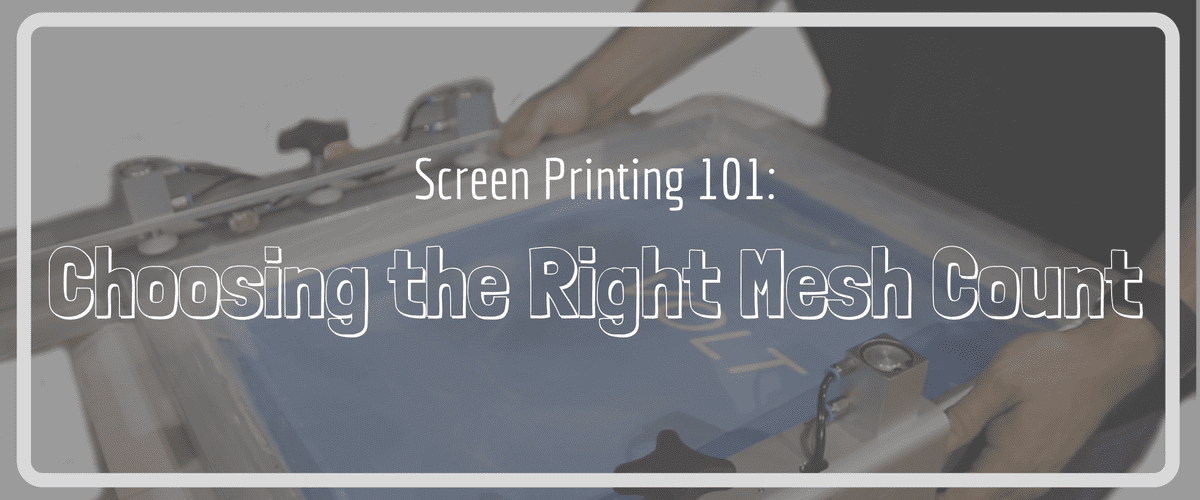

Revolutionizing the screen printing industry through cutting-edge technology and quality service
Anatol Equipment Manufacturing Co.
1429 S Shields Dr
Waukegan, IL 60085


Revolutionizing the screen printing industry through cutting-edge technology and quality service
Anatol Equipment Manufacturing Co.
1429 S Shields Dr
Waukegan, IL 60085

With that in mind, we’re providing a primer to help you better understand mesh count and know where to start when trying ou different mesh counts for different types of prints.
Understanding screen mesh count begins with understanding what the count means. The mesh count indicates how many fibers there are in one square inch of the screen, so a 160 mesh count screen has 160 fibers in one square inch of the screen. Lower mesh count screens have larger openings that allow more ink to flow through, while higher mesh count screens allow for finer details in your printing but with less of a coating of ink.

Experience will help you determine which mesh counts you prefer to use on individual projects, but there are some guidelines that will help you get started with using different mesh counts.
When you’re experimenting with different mesh counts in your screen printing, there are some other considerations to bear in mind. First, screens of different densities will hold varying amounts of emulsion, with lower mesh counts holding more. That means that when you’re using a lower mesh count screen, you’ll have to expose your screens longer to allow the emulsion to properly set.
Also, if you’re printing with water-based inks, the ink will dry out faster on finer screens. To combine that, you might want to add a retarder to your water-based ink to keep the ink transferring and your job moving.
While there are guidelines for which screen mesh counts are best suited to which jobs, the decision of which mesh count to use ultimately lies with you. Through experience and experimentation with using different screen densities, you’ll find which screens give you the results you want when dealing with different types of projects.
Your message was successfully sent!